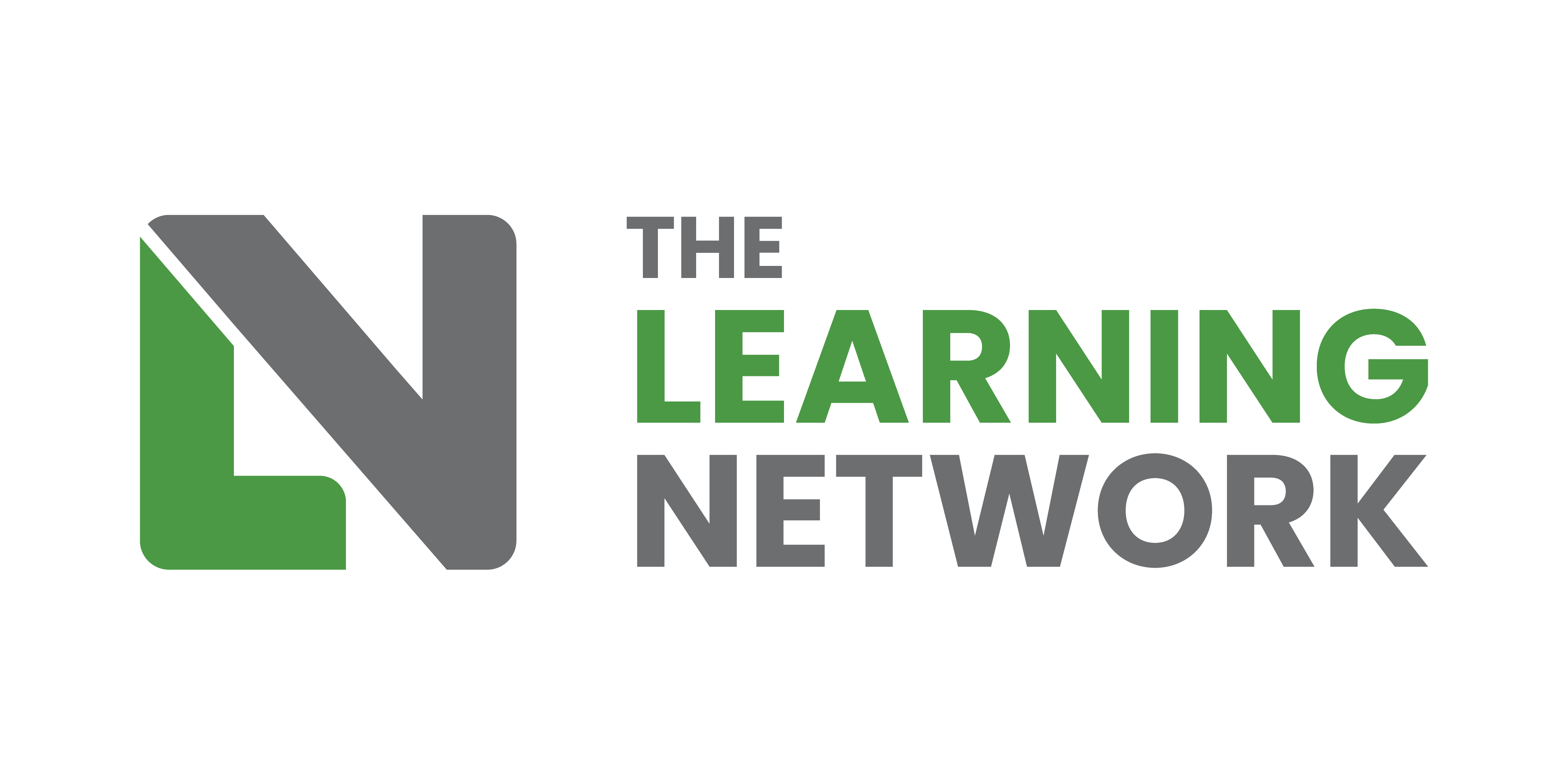Rob is a Learning and Development Adviser with the Scottish Social Services Council, the workforce regulator for social services in Scotland. He leads an open recognition project which uses reflective writing and digital badges to recognise informal and continuous learning. Rob started in L&D in 2014 and previously worked in digital PR.
What do you like most about the L&D field?
It’s the only thing that stands a chance of preparing people for decades of change, the speed of which we have never encountered before as a species.
What made you decide to stand for the LN board?
I wanted to give something back in return for the sense of community and support the LN has provided me and my colleagues with. Every time I’ve gone to a conference and not known anyone, the LN has been there. Every time a new topic has come up in L&D and I’ve wondered WTF, the LN has delivered a webinar on it. Every time I’ve needed advice, LN members have been generous with their time. That deserves more from me than just my annual fee.
What would your dream job be?
Around 20-years-ago there was a series on BBC with Gerry Robinson, a consultant who would go in and try to save struggling businesses. At the time I didn’t know what I wanted to do but I thought anything as remotely rewarding as that would be my dream job. Fast forward to now and not only do I get to help businesses, through my role in L&D, but individuals as well.
If you could change 1 thing about the world of L&D, what would it be?
L&D needs to pivot from delivering content and measuring its consumption to facilitating and measuring real-world impact. If I could have a cheeky second thing, we also need to be better at identifying what that impact needs to be in the first place.
What does a typical workday look like to you?
A typical workday starts around 6 am in my home study. I’ll have a list of objectives I set the day before. I’ll assess around 25-50 reflective accounts that have been submitted for the SSSC’s Open Badges programme and handle project-related correspondence or enquires. Then I’ll have breakfast, attend meetings, research, experiment, write specifications for our suppliers or troubleshoot things that aren’t working as we need them to. I’ll spend the rest of the day, up to 2.30 pm on learning design or writing criteria and learning transfer activities for our Open Badges.
If I made a ‘day in the life’ video, it wouldn’t be a hit on YouTube.
What is your favourite type of training to either build or deliver?
Story-based interactive scenarios are my favourite to build.
What are you currently obsessed with?
The Experience API (xAPI) and Learning Record Stores. I’d scratched the surface of xAPI before, but in the last few months, I’ve had the opportunity to get to grips with more advanced uses like creating a fully personalised learning experience across different learning resources and methods of delivery. xAPI can plug into business systems as well, so that’s the next thing I want to try.
If you could give yourself advice when you were first starting out, what would it be?
Don’t be an order taker. Don’t be afraid to keep asking ‘why?’.
What has been your proudest moment?
Professionally, winning Training Journal’s L&D Professional of the Year Award in 2019. Personally, the birth of my daughter was in the same year.
Who inspires you?
Everyone. Put me in a room full of people and I’ll find inspiration.
If you were a superhero, what would your name be and what powers would you have?
I’d be RetroMan and I’d have the powers of backwards compatibility.
What’s the most daring thing you’ve ever done?
Told you I’d be called RetroMan if I were a superhero.
What three items would you take with you on a deserted island?
I’d need a record player, the album OK Computer by Radiohead and my Kindle.
Aside from necessities, what one thing could you not go a day without?
I couldn’t go a day without my Kindle.
Finally, what would be your top 5 tips for someone new to L&D?
- Go out and meet your learners even if you only build digital resources.
- Beware the conspiracy of convenience around mindless and tick-box learning. The sort where organisations churn out content because people ‘need to be aware’ and learners are happy because they can skim the 90 slides in four minutes and the quiz is easy. It’s a hard cycle to break.
- Read books. There are incredible books about L&D out there and they’re a cost-efficient way to build underpinning knowledge.
- Always experiment. Theories and practice advice are great, but you need to know what works and doesn’t in your own context/setting and why.
- Be relentless about learning transfer. Real-world impact with business benefit is the whole point.



